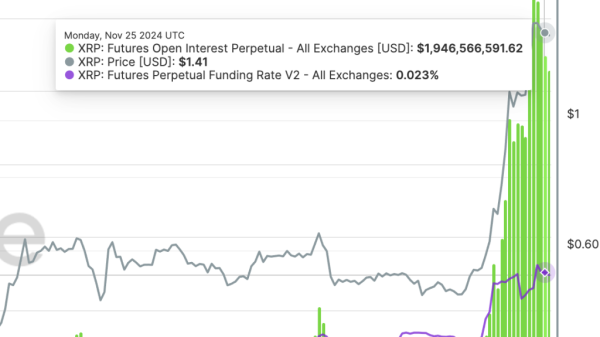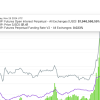The 2024 United States Presidential Election is in its final stretch, with a fierce competition between Kamala Harris and Donald Trump. Both the political heavyweights are engaged in relentless campaigning, trying to win over the voters and the political scenario is highly unpredictable, full of interesting observations and shifting dynamics. The key findings from a statistical analysis of recent polls highlight a narrower margin of error between the two candidates, suggesting a neck-to-neck competition.
Harris, being the incumbent vice president, comes into this race with a unique advantage of administrative experience and practical insights, having served under the Biden administration. This, theoretically, gives her a unique competitive edge that should boost her appeal to the voters. In similar fashion, Trump, with his background as a business tycoon and former President, carries a distinctive charisma fused with populistic tendencies which have consistently resonated well with his base.
However, the intriguing part of this evolving political landscape is the margin of error. This infers to the range within which the true population parameter is estimated to lie. It plays a crucial role in polls and helps quantify the level of precision. The margin of error is particularly essential in tightly contested races like this one, where a small swing in votes could tilt the balance. A recent poll analysis has indicated that the predicted gap between Harris and Trump has significantly narrowed down, representing a precarious situation for both the competitors.
The shrinking margin of error reflects the volatility and high stakes involved in this presidential campaign. Both Trump and Harris have their unique strengths and strategies that appeal to specific demographics. Social issues, economic policies, environment, foreign affairs, and public health are some of the prominent drove-the-needle topics dominating the campaign agenda. Equally influenced by these, voters have displayed fluctuating preferences, thereby contributing to this narrowing gap.
In an electoral race, fluctuating voter sentiments could significantly change the landscape. This is exacerbated by the close margin of error, making each day crucial for both the candidates. In fact, it builds up an air of uncertainty prompting a sense of urgency and insistence on more rigorous and focused campaigning.
Trump’s avid followers admire his straightforwardness, and his ability to disrupt the established political order. His tax cuts and deregulatory policies have surely won him favor with the corporate sector and conservatives. Harris, on the other hand, is known for her stand on important social issues, progressive agendas including women’s rights, climate change policies, and racial equality, appealing to a broader demographic, including the youth and minorities.
Given this intricate political scenario seconded by the shrinking margin of error, it will be the strategies, communication, and mobilization of voters that will eventually determine the outcome. The final phase of the 2024 Presidential Election will surely be gripping and full of surprises, keeping the spectators and political enthusiasts on the edge of their seats.
The importance of this election, marked by a razor-thin margin of error, cannot be understated. It not only defines the political future of the United States but generates a ripple effect on global geopolitics and economic scenarios. As this dogfight of a presidential race enters its final phase, the world watches on with bated breath.






























